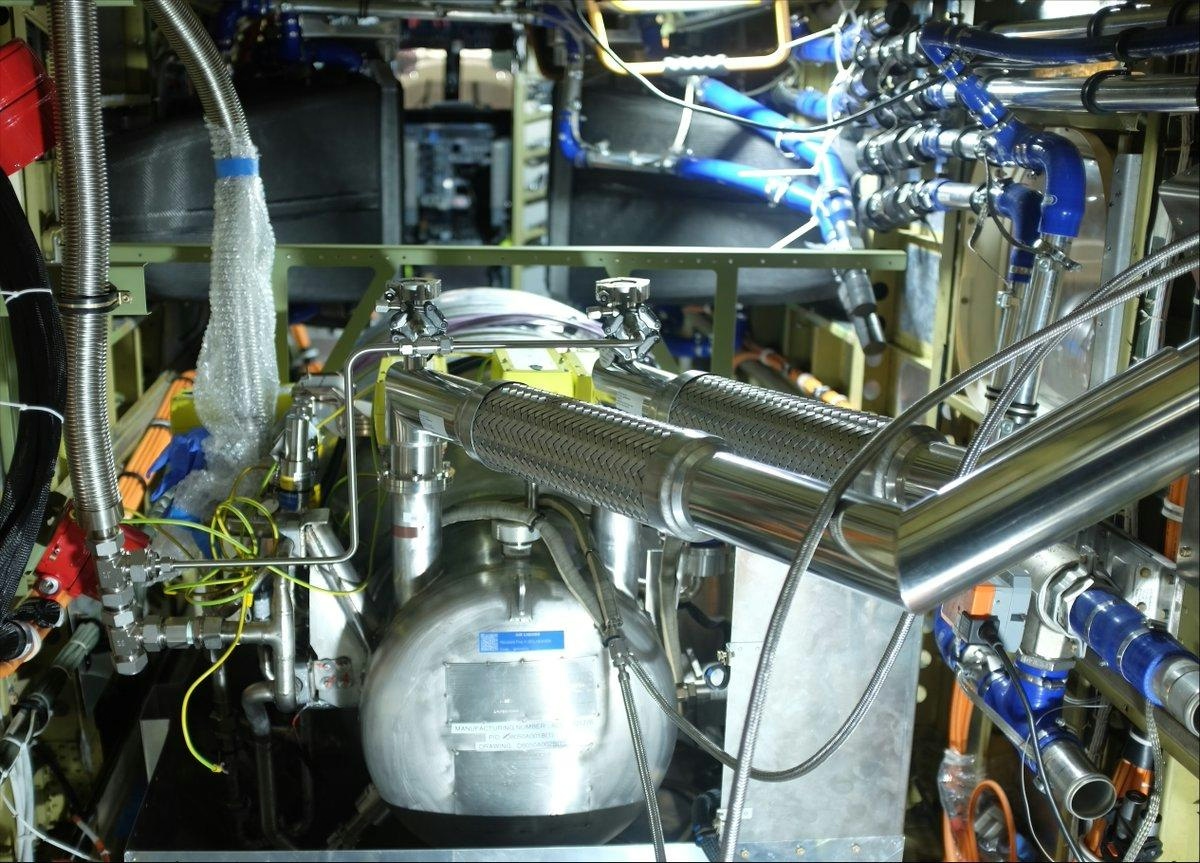
AeroGenie — Seu copiloto inteligente.
Tendências
Categories
Cebu Pacific Introduces Damp-Leased Aircraft to Improve Travel Experience
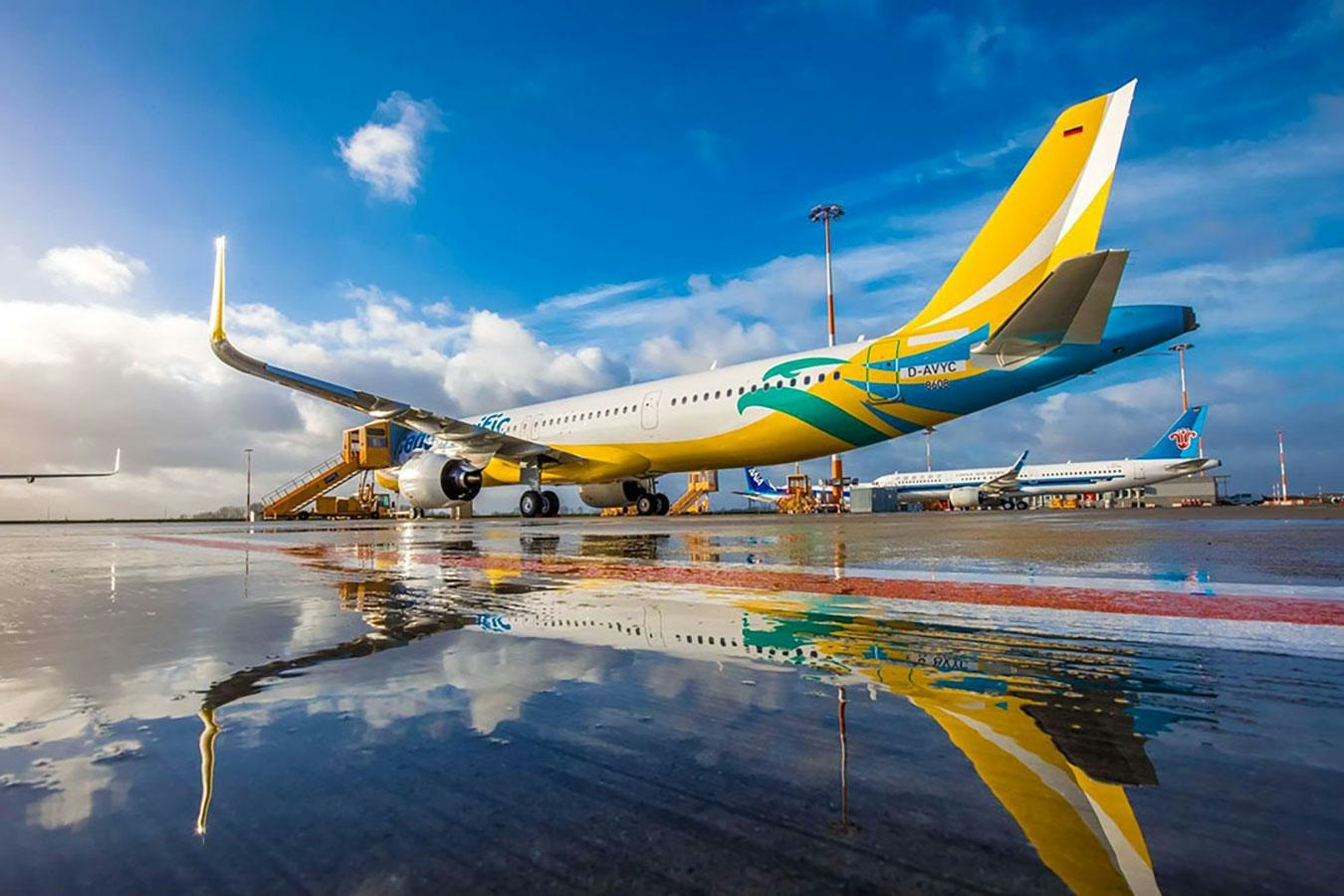
Cebu Pacific Introduces Damp-Leased Aircraft to Improve Travel Experience
Addressing Fleet Challenges with Damp Leasing
Cebu Pacific Air, a leading low-cost carrier in the Philippines, has initiated the deployment of damp-leased aircraft to enhance operational stability and improve the travel experience for its passengers. This strategic move responds to persistent technical difficulties with the airline’s Geared Turbofan (GTF) engines, which have caused frequent delays and cancellations across its network. The GTF engines, valued for their fuel efficiency and reduced emissions, have nonetheless required extended maintenance periods, disrupting Cebu Pacific’s ability to maintain its scheduled routes.
To mitigate these challenges, Cebu Pacific has entered into damp leasing agreements, whereby aircraft are leased along with crew from partner airlines. Notably, the airline has secured additional capacity from Bulgaria Air to support its operations during the busy year-end travel season. This approach allows Cebu Pacific to uphold its flight schedules and route coverage without the long-term financial and logistical commitments associated with acquiring new aircraft.
Operational Flexibility and Market Implications
Damp leasing offers Cebu Pacific significant operational flexibility, enabling the airline to adjust capacity swiftly in response to fluctuating passenger demand, particularly during peak travel periods. This arrangement also helps circumvent some of the regulatory and maintenance complexities involved in expanding the fleet through traditional means. For travelers, the introduction of damp-leased aircraft translates into improved flight availability and more consistent service, even as the airline contends with ongoing technical issues.
However, integrating aircraft and crews from international partners such as Bulgaria Air introduces its own complexities. Coordinating maintenance standards and crew operations across different carriers requires careful management to avoid logistical complications. Despite these challenges, Cebu Pacific’s proactive adoption of damp leasing is expected to reduce service disruptions and preserve its reputation in both domestic and international markets.
The move may also have broader implications for the Southeast Asian aviation sector. As Cebu Pacific expands its capacity through leasing, competitors might adopt similar strategies to maintain market share during peak seasons. This could intensify competition among regional budget airlines, potentially influencing fare structures and route availability across the region.
By embracing damp-leased aircraft, Cebu Pacific demonstrates its commitment to maintaining reliability and customer satisfaction amid technical setbacks. This flexible fleet management strategy positions the airline to navigate current challenges while sustaining its competitive presence in a dynamic and evolving market.

Airline CEOs Urged Trump Officials to Defend Flight Reductions
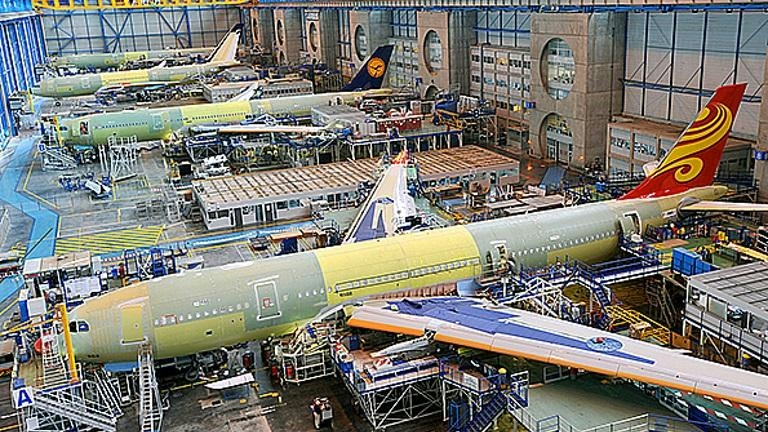
Airbus Orders Rise Amid Global Demand Exceeding Capacity

Germany Signs $1.2 Billion Deal with Leading Helicopter Manufacturer

JSSI Names Molly Hennessy Chief Product and Technology Officer
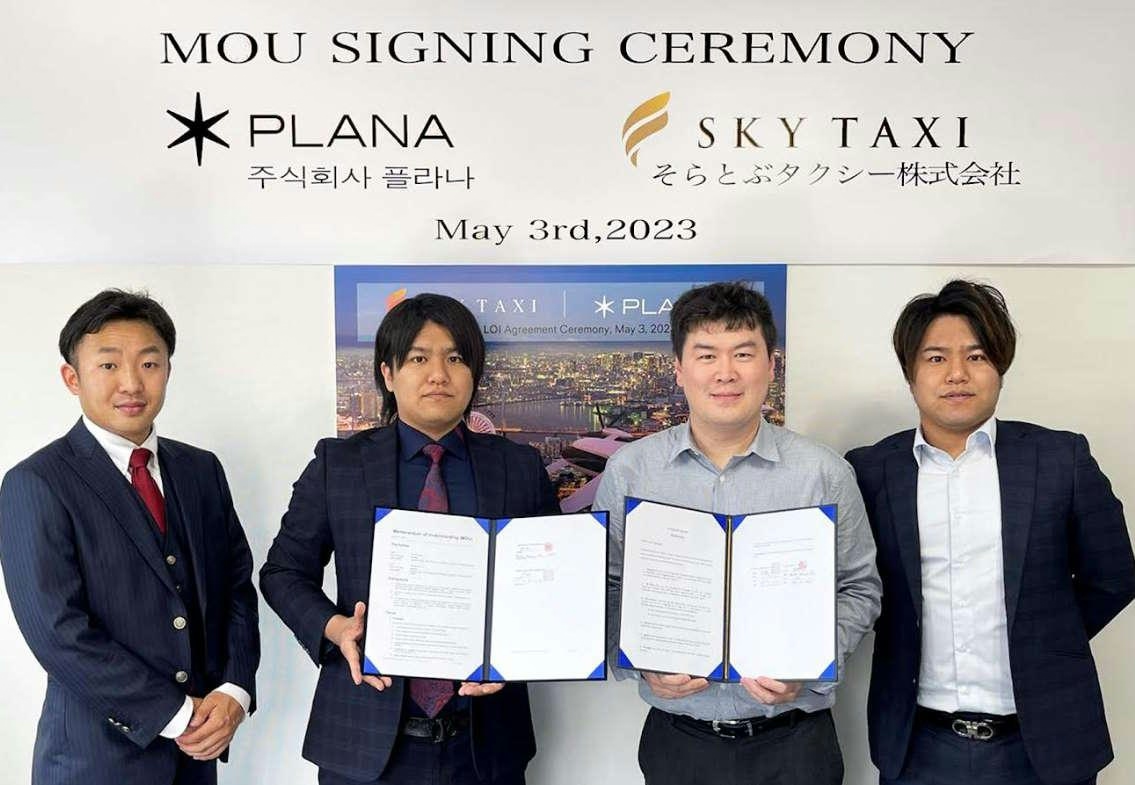
Japanese Air Taxi Firm SoratobuTaxi Invests in Plana US
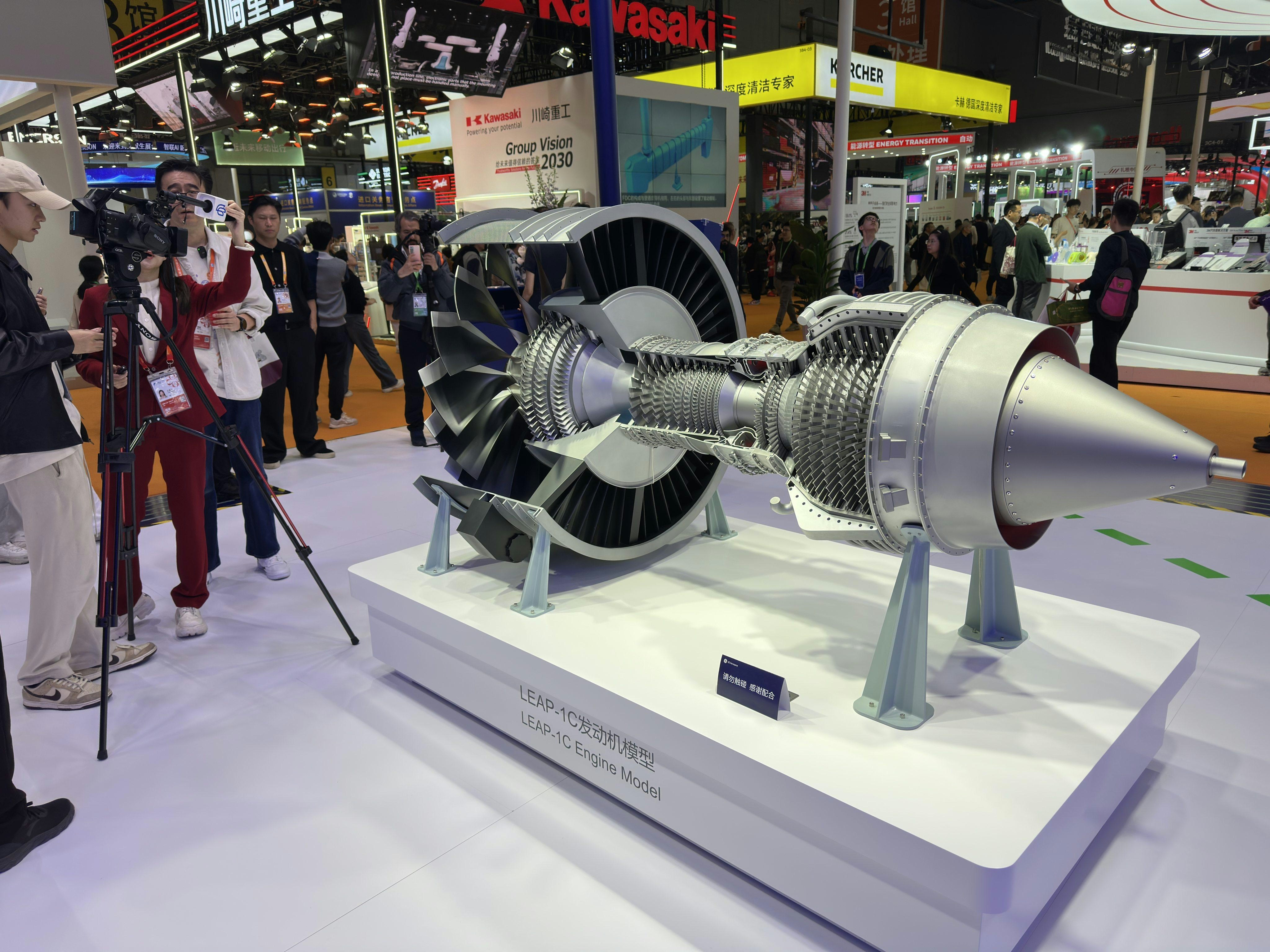
Engine Shortages Delay China’s C919 Deliveries Amid Global Aerospace Bottlenecks

The Emerging Role of Drones and AI in Combat Aviation
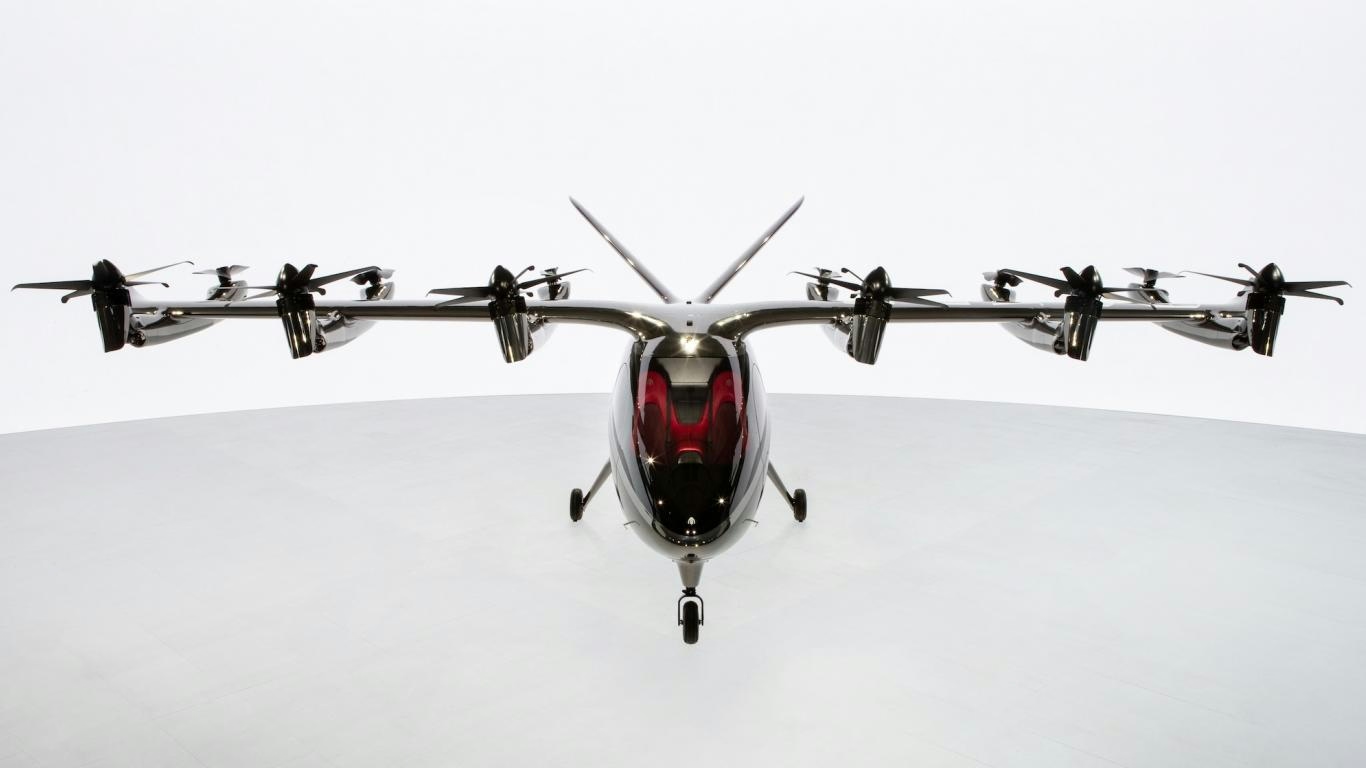
AI’s Turbulent Ascent: Why Aviation’s Tech Boom Could Ground Pilots in 2025
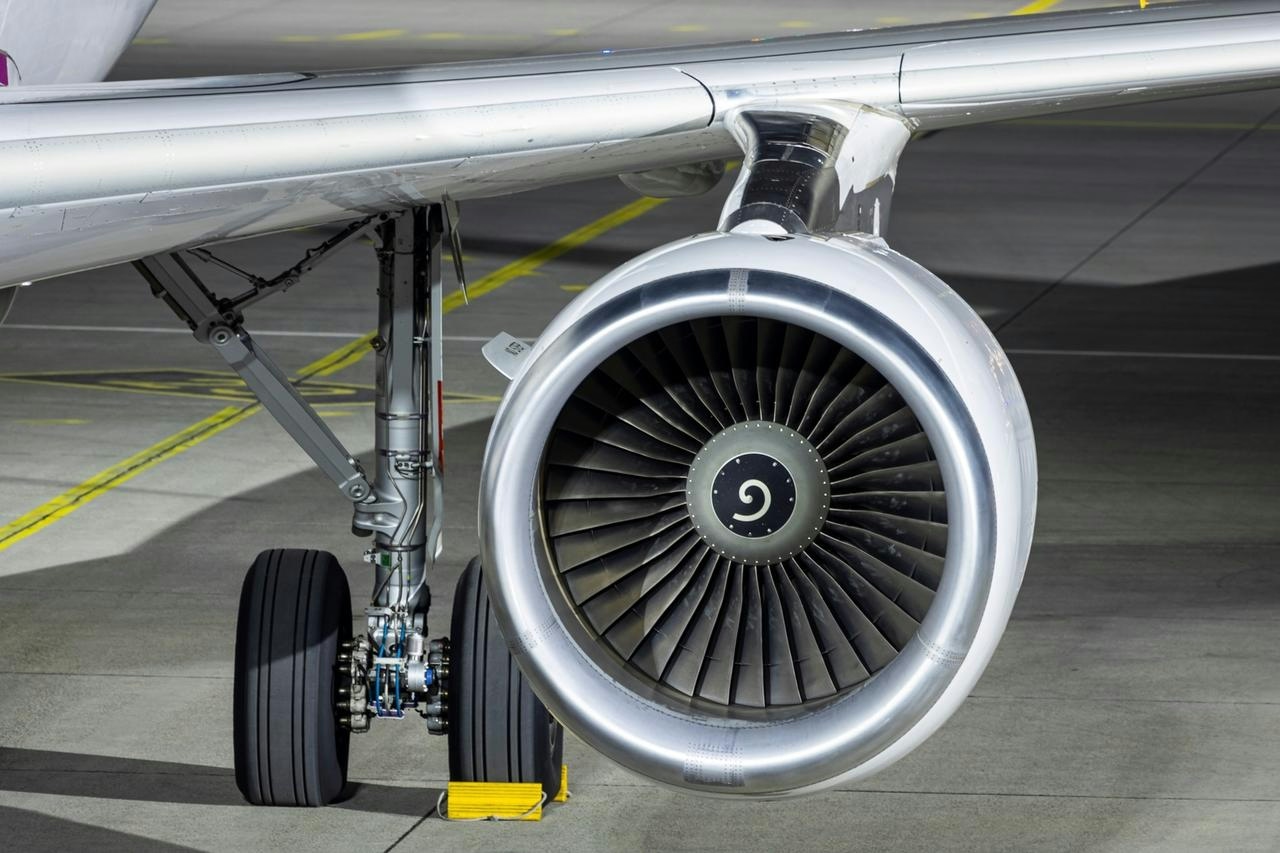
Falko Reports Strong Q3 Driven by Aircraft Sales and Lease Extensions
